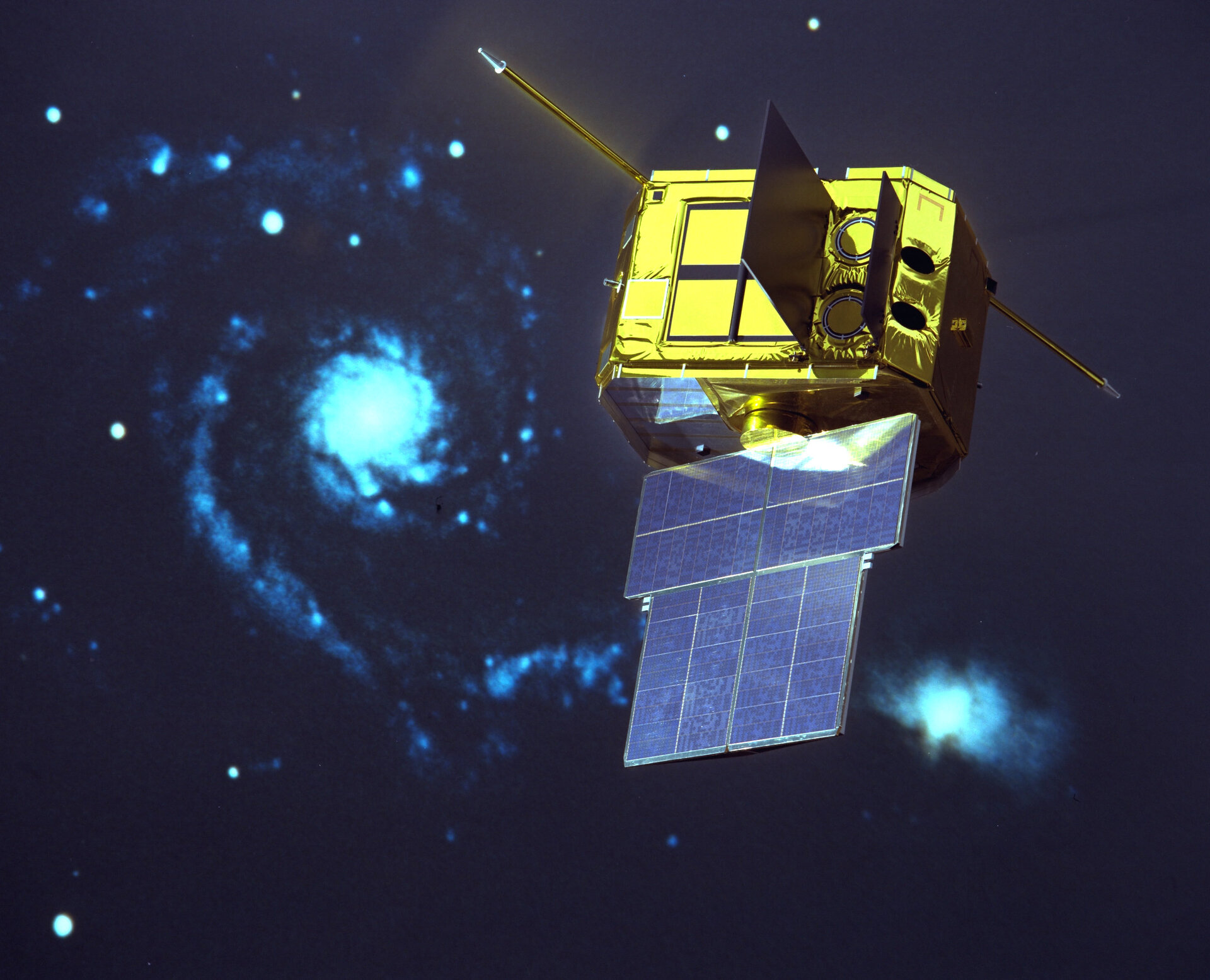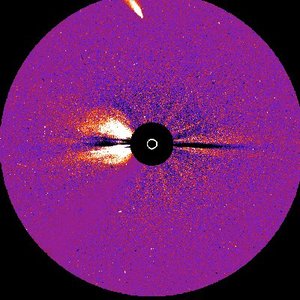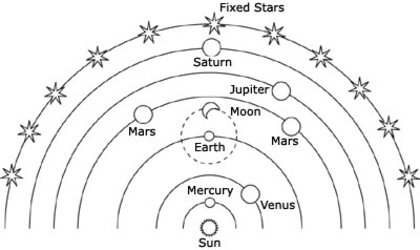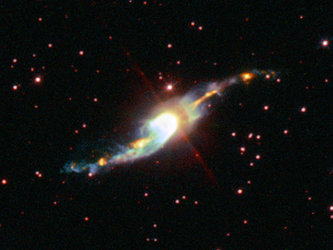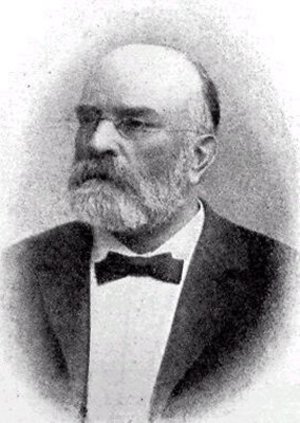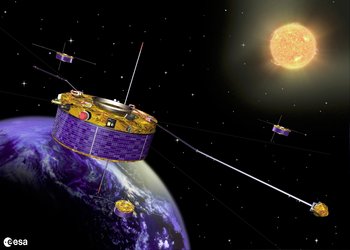26 May
1983: On 26 May 1983 , ESA's Exosat mission was launched by a Thor-Delta rocket at Vandenberg Air Force Base, United States.
Exosat was the first ESA mission entirely devoted to study the Universe at X-ray wavelengths. It observed a wide variety of objects, including active galactic nuclei, X-ray binary systems, supernova remnants and clusters of galaxies.
The results that Exosat obtained were very useful to scientists, and led to several new discoveries. The most important of these was the discovery of 'quasi-periodic' oscillations in X-ray binary systems, a phenomenon unknown before Exosat. All the data that Exosat retrieved are still available for study, and are still leading to new discoveries.
Alongside its results, Exosat was unusual at the time because it featured an on-board computer. This not only processed much of the data before returning it to Earth, but also allowed scientists to alter the on-board data handling programs after launch. This is now a standard part of spacecraft control.


